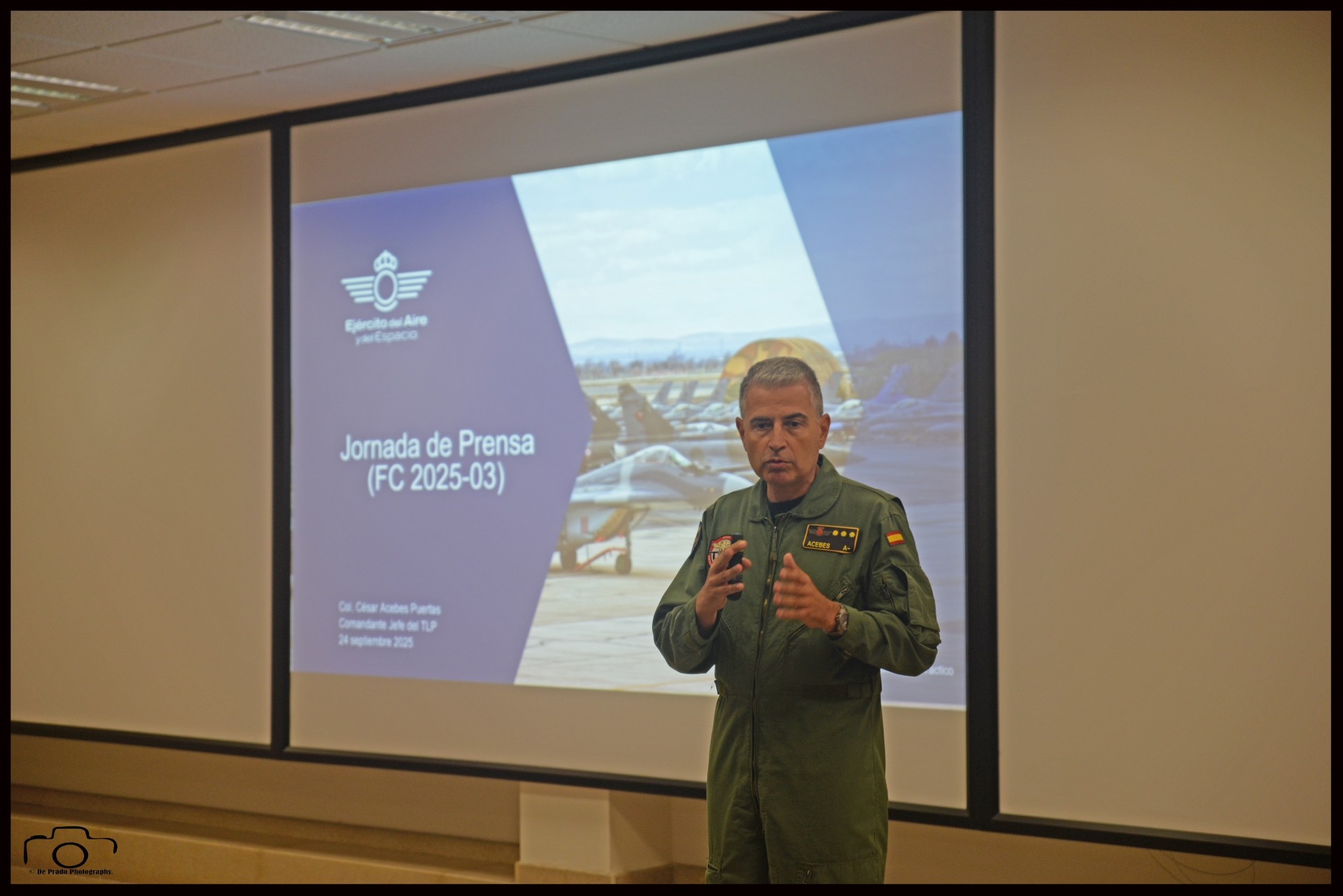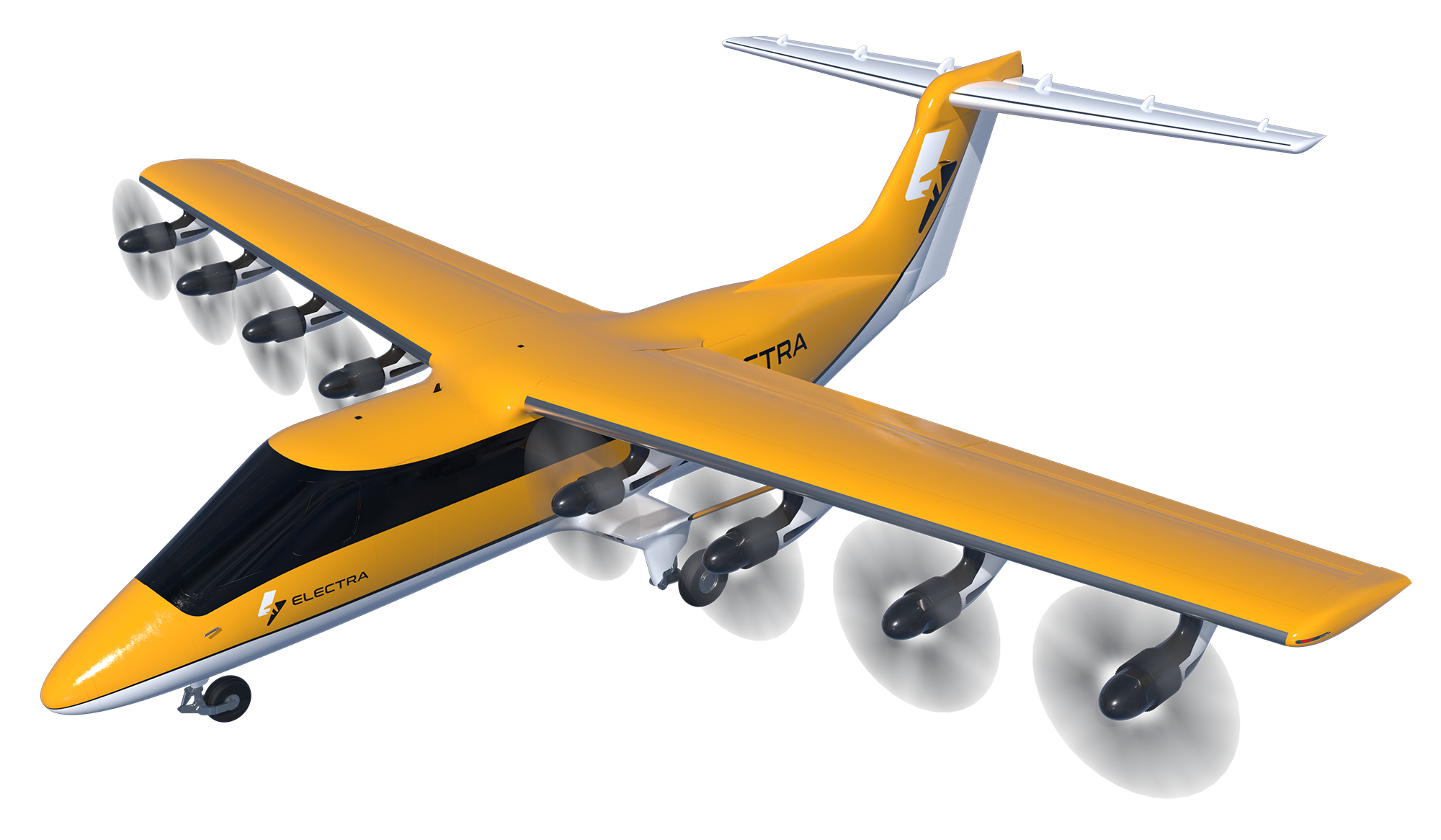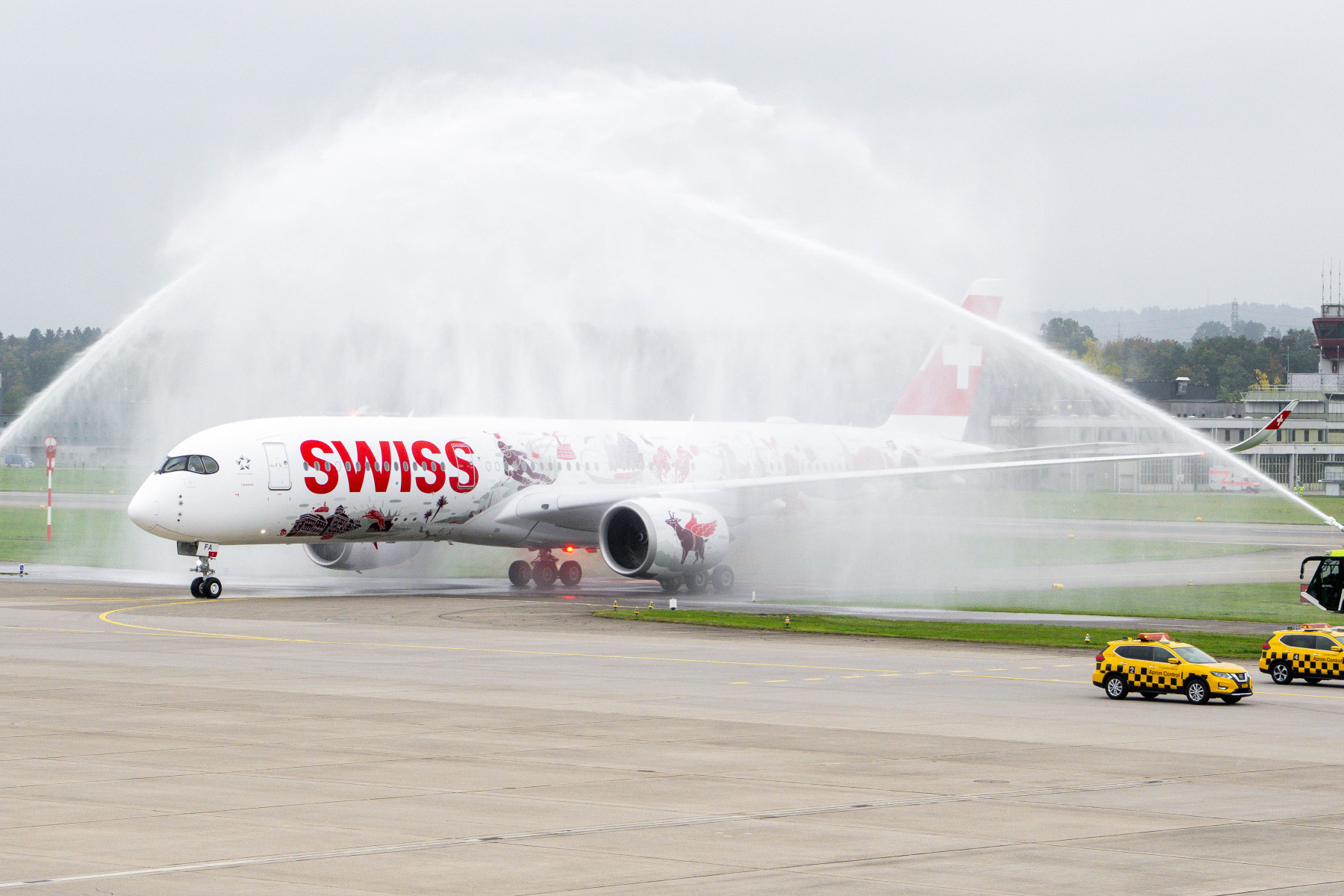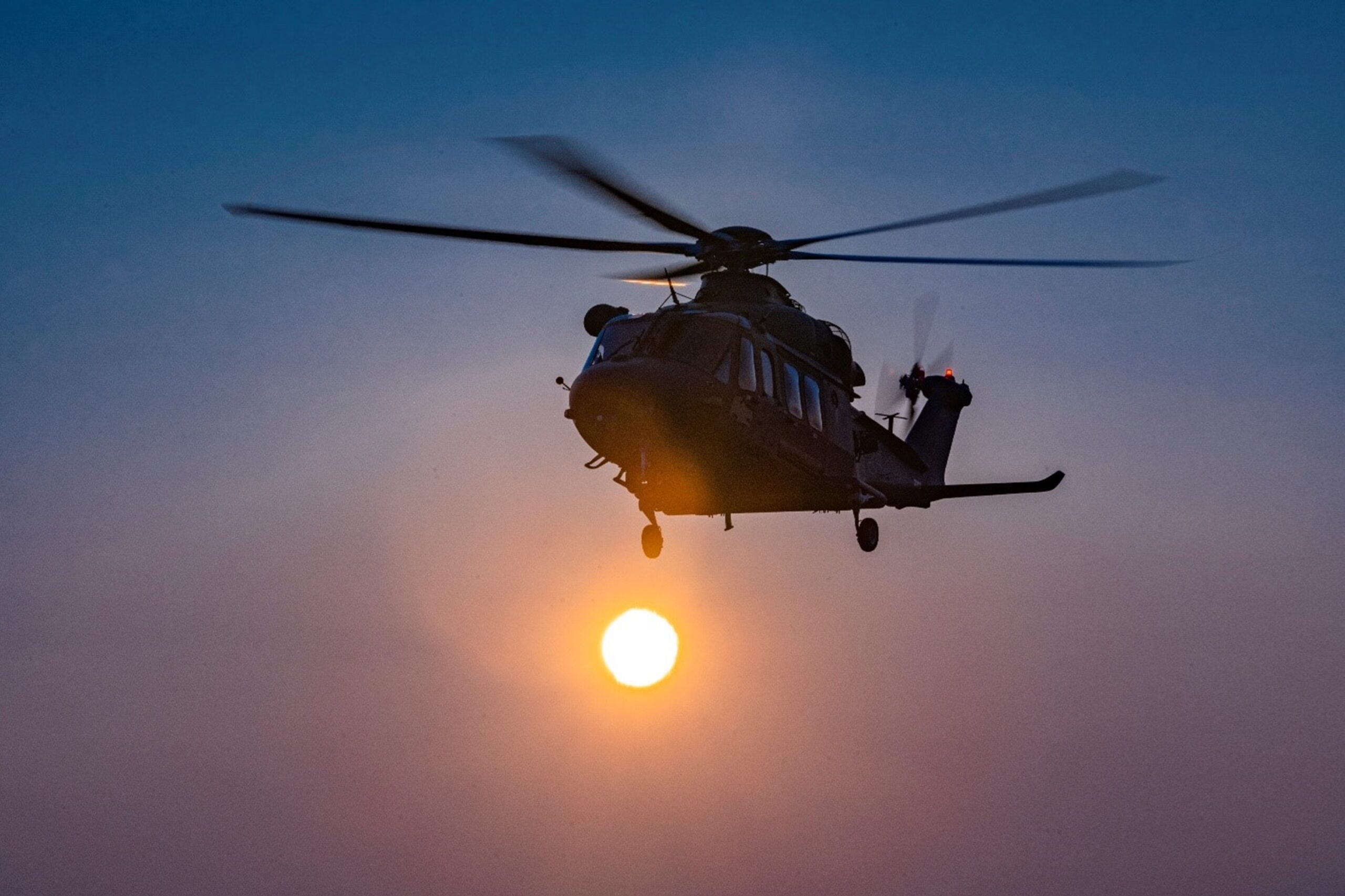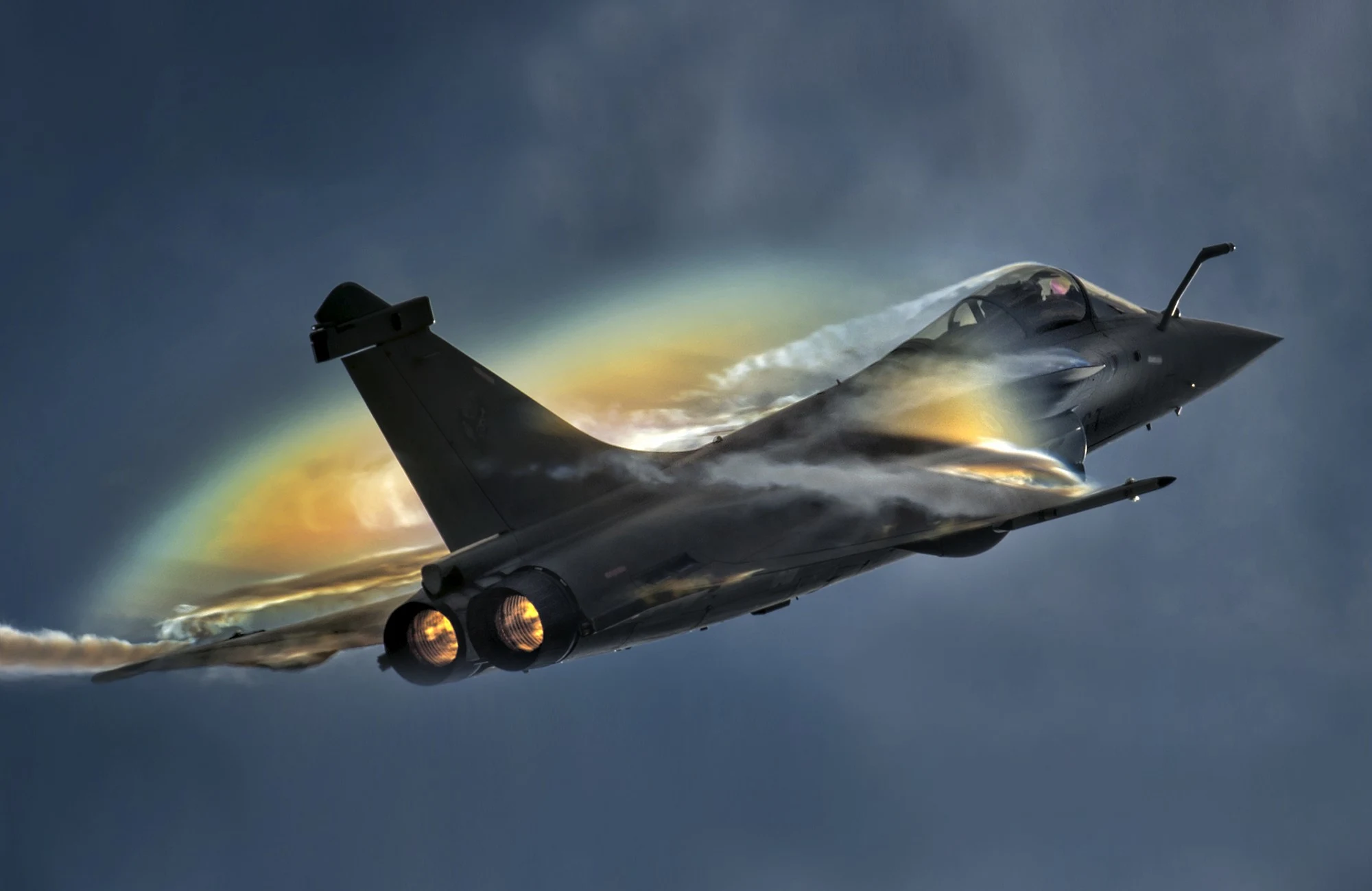We are referring to the C-101 Aviojet, which after 50 years, since it entered service in the Spanish Air Force back in the 1980s, to replace the Hispano HA-200 and HA-220, has had a long history, where most of the active Spanish Air Force pilots have been trained.
The project began as a commission from the Spanish Air Force in 1975 by the company Construcciones Aeronáuticas S.A. (CASA). Designed for the second stage of pilot training, it was a fixed-wing aircraft with high modularity and cargo capacity, and eventually produced several versions. It served as a platform to relaunch the Spanish military industry, along with the C-212.
The first flight took place on June 27, 1977, and testing began in April 1978. The Air Force initially ordered 88 units of the C-101EB E25 Mirlo, which entered service in January 1980, with the first four arriving at the 793rd Squadron of the General Air Academy (AGA). This aircraft would be used by cadets to progress from basic training with the Sieve to advanced flight training, and then to the fighter, transport, and helicopter wings.
Speaking with a Captain who has flown both aircraft, the retiring C-101 and the recently decommissioned Pilatus PC-21. He commented on the C-101’s versatility and its comparison to the new Pilatus PC-21 training aircraft. We asked him about the C-101’s different roles; The C-101 has served in various units and roles throughout its history in the Air Force. Its most well-known and primary mission has been as a training platform at the General Air Force Academy for over 40 years. The C-101 has also performed other tasks, such as supporting MACOM (Air Combat Command), retraining non-flying pilots (commonly known as “bald pilots”) to maintain their proficiency, performing surveillance radar calibration missions, and, of course, serving as the flagship aircraft of the Eagle Patrol.
And from the point of view of comparing the two platforms, the C-101 with respect to the PC-21, in addition to the technological leap that separates them from one another, the Commander tells us about the difference between the turboprop engine and the turbofan; If we focus exclusively on the aircraft’s engine, the turboprop has a much lower maintenance cost than a turbofan, notwithstanding the 40-year difference between engines, and technology has allowed for greater efficiency in engine operation. As is well known, it’s all about reducing costs without compromising operational efficiency, and the PC-21 responded to that need, among other factors. Many leading air forces have training aircraft with turboprops: the US and France are two examples of the many that exist.
Another difference between the time of C-101 production and the present is the Spanish aerospace industry and its evolution, integrated into a European industry, with new challenges for the future. However, this evolution does not give us technological independence, as the various aircraft replacement programs already depend on different alliances.
Versions of the C-101;
C-101EB
Initial version ordered by the Spanish Air Force. Officially designated the E.25 or Mirlo (blackbird in Spanish) and unofficially “Culopollo” due to the position of the engine under the tail. This variant is the simplest and perfectly suited for training new pilots, being used for basic instruction. 88 units produced.
C-101BB
Export version with a new, slightly more powerful Garrett TFE731-3-1J engine and underwing armament pylons, with a maximum payload of 500 kg, and the fuselage itself. The latter is capable of carrying modular reconnaissance, defense, and attack equipment, or machine guns in gun pod configuration. Chile acquired 12 units, 4 of which were exported by CASA and the other 8 produced by ENAER under license. The Honduran Air Force later acquired 4 Chilean units, which are still equipped with the T-36 Halcón designation.
C-101BB of the Honduran Air Force.
C-101CC
A variant optimized for light ground attack, it was ordered by the Chilean Air Force. Performance is similar to the previous version but with increased flight endurance, allowing the aircraft to remain airborne uninterrupted for over seven hours. Officially designated the A-36 Halcón, Chile has made minor modifications to this version, even developing a project to assemble a Sea Eagle anti-ship missile, which never materialized. Jordan also purchased 16 units, which serve as training units at the King Hussein Air College at the Al-Mafraq base.
C-101DD
An improved version with more modern avionics, including a Marconi GEC radar, HOTAS-configuration controls, an ALR-66 radar warning receiver, electronic and infrared countermeasures launchers, a navigation and attack computer, a new Ferranti HUD, and compatibility with the AGM-65 Maver air-to-surface missile. Only a single prototype was built in 1985i.
In October 1981, they arrived at Zaragoza Air Base to replace the T-33s that formed the 41st Group. However, with the arrival of the F-18s in 1986, they moved to Salamanca (GRUEMA), where they moved from supporting pilots who were not assigned a flight wing to being able to act as “aggressors” with the creation of the 741st Squadron. They remained there until September 2022, when their mission ended and they were decommissioned.
On July 22, 2022, with the arrival of the new Pilatus PC-21, it ceased flying as a training aircraft, accumulating 285,000 flight hours as a training aircraft, and remained as an Eagle Patrol aircraft until next June 2025, when it will definitively cease flying with the Air Force.
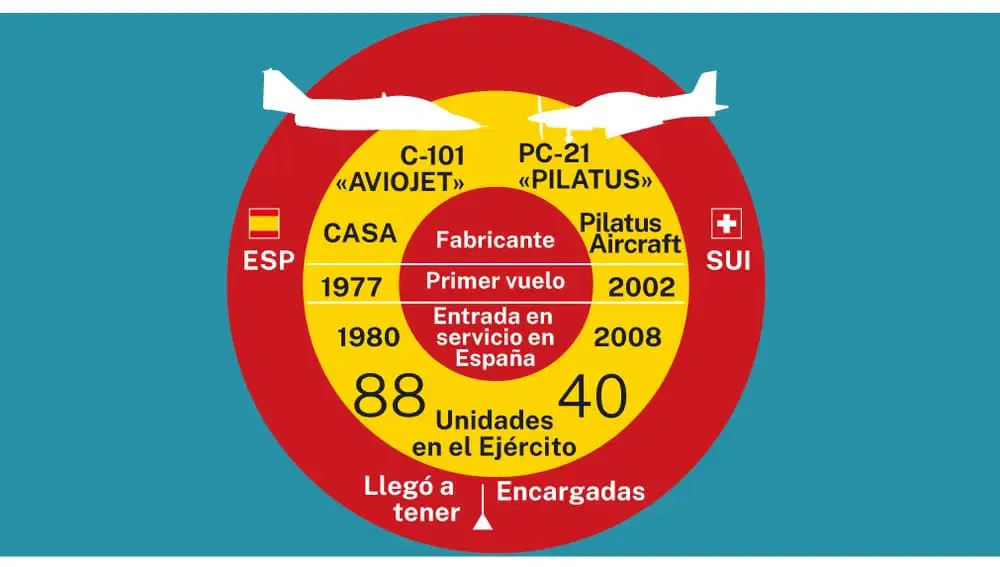
Since its entry into service, 19 accidents involving a C-101 have been recorded;
Spain
- On September 2, 2005, a Spanish Air Force C-101EB crashed into a house in the town of Baeza, Jaén, due to reckless behavior by the pilot, killing him and two other occupants of the house, a mother and daughter.
- On April 26, 2012, a C-101EB from the General Air Academy crashed in Alcalá de Henares, killing its two crew members.
- On August 26, 2019, an Air Force C-101EB crashed into the Mediterranean Sea off La Manga del Mar Menor (Murcia Region) during a training flight. The crew consisted solely of Commander Francisco Marín Núñez, an instructor at the General Air Academy, who died in the accident.
- On February 27, 2020, an Air Force C-101EB belonging to the Patrulla Águila crashed into the Mediterranean Sea off La Manga del Mar Menor (Murcia Region). Commander Eduardo “Ayo” Garvalena Crespo, a member of the Patrulla Águila, died.
Chile
- On March 5, 1984, the T-36BB Halcón registered FACH 405 suffered an accident while performing an aerial acrobatics routine over El Bosque Air Base, Santiago, during the development of FIDA’84.
- On June 1, 1999, two Chilean A-36 training aircraft collided in mid-air near the Victoria Saltpeter Mine in northern Chile. The four crew members (Squadron Commander Gustavo Ludwig Gronemeyer, Captain Carlos Cárdenas, and Second Lieutenants Francisco Fuentes and Diego Bolaño), belonging to Aviation Group No. 1, managed to eject. The Commander-in-Chief of the Chilean Air Force attributed the accident to “human error.”
- On October 18, 2001, an A-36 crashed into a hill near Fort Baquedano (Iquique), killing its two crew members.
- On December 19, 2003, the Chilean Air Force (FACh) pilot flew A-36 aircraft No. 414 on a tactical mission, which experienced mechanical failures during the flight shortly after takeoff from the air base. This forced the pilot to eject, and the aircraft subsequently crashed near Diego Aracena Airport in Iquique. The pilot and others were not injured.
Jordania
- On October 4, 2005, two Jordanian Air Force C-101CCs collided in mid-air, killing two crew members.
Operators Spain
- Air Force: 88 C-101EB.
Former Chile users
- Chilean Air Force: 35 acquired aircraft were decommissioned in December 2022, after 41 years of service.
- Honduran Air Force: 4 C-101BBs delivered between 1982 and 1984, decommissioned since 2016
- Royal Jordanian Air Force: 16 C-101CCs acquired.


